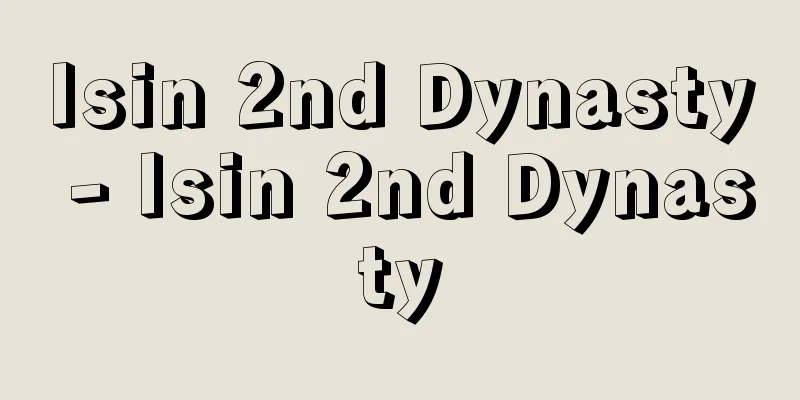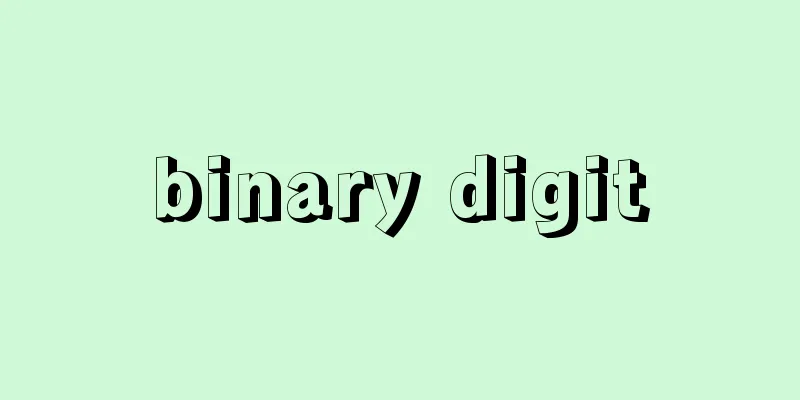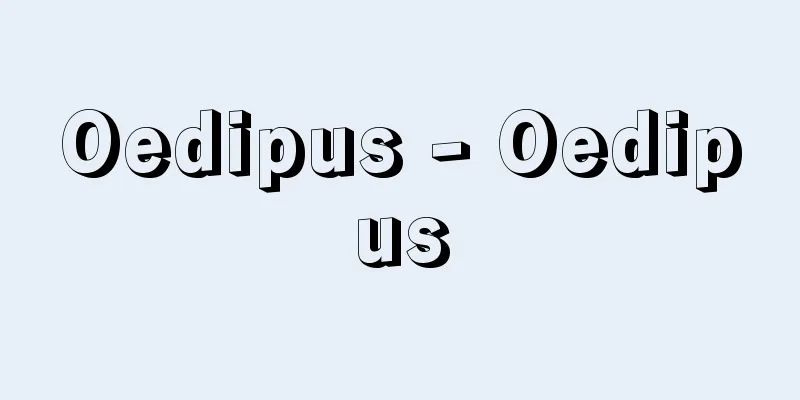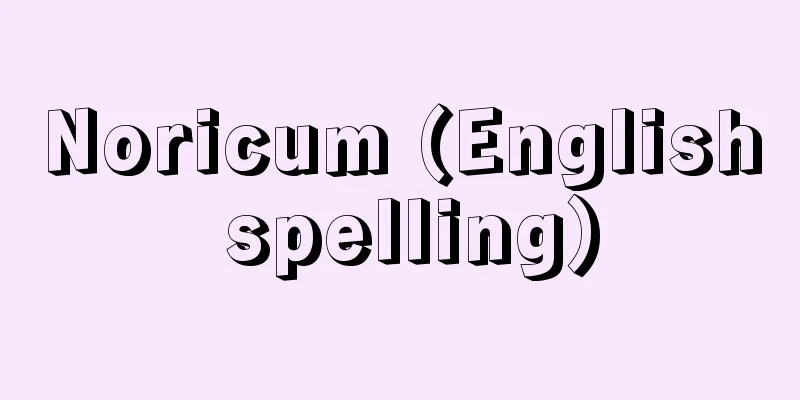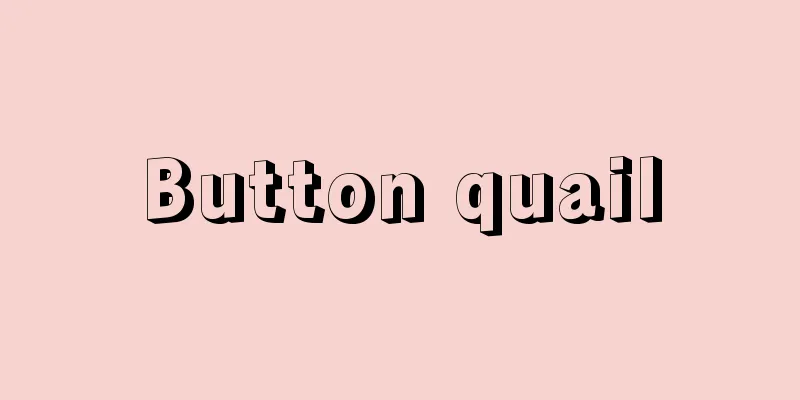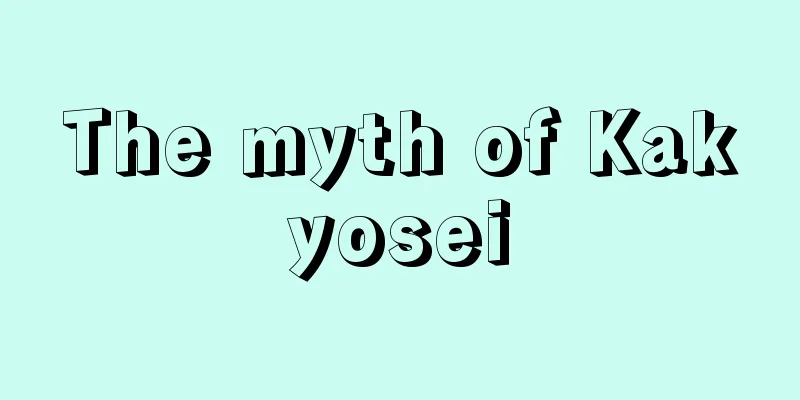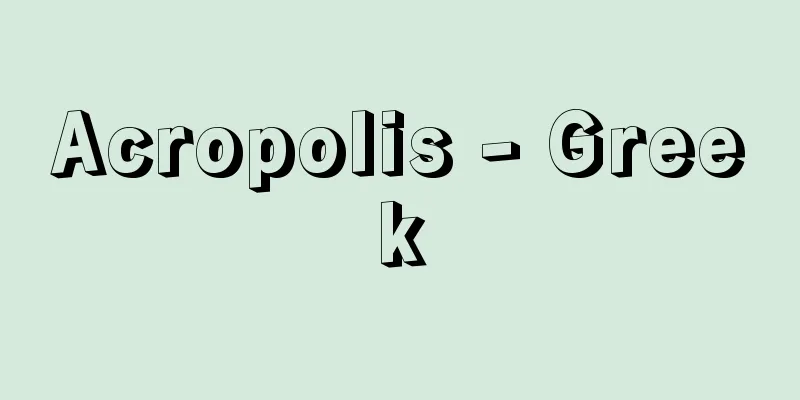Paul Klee
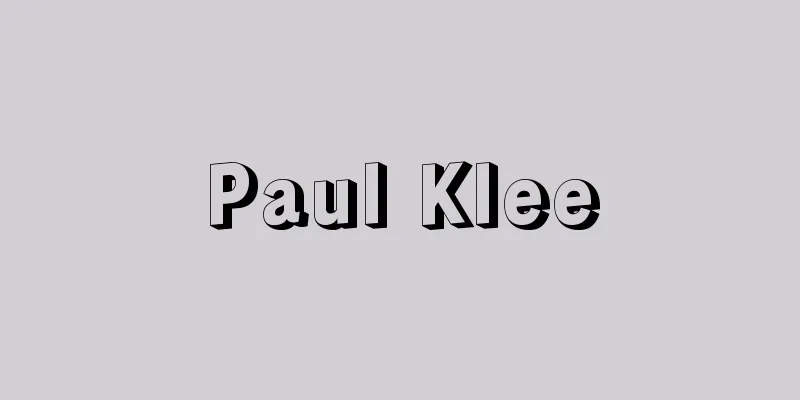
|
Swiss painter. Born December 18th in Münchenbuchsee near Bern. His German father was a music teacher and his Swiss mother a singer. As the only son, he was fond of music, painting and literature from an early age, and learned to play the violin. In 1898, he went to Munich for the first time to attend a private art school, and in 1900 he returned to the same city to study in Stuck's class at the art school. In 1901, he traveled to Italy with Swiss sculptor Hermann Haller, and stayed in Rome until the following year, returning to Bern via Naples and Florence. He became a member of the Bern City Orchestra as a violinist. From 1903 to 1905, he produced fantastical copperplate prints in the Art Nouveau style, and resonated with the works of Braque, Beardsley and Goya. In 1906, he married Munich female pianist Lily Stumpf, and settled in Munich. He exhibited copperplate prints at the Munich Secession exhibition, and continued to send works, including glass paintings, to the same exhibition until 2009, but was repeatedly rejected. In 2010, he held his first solo exhibition in Switzerland (touring Bern, Zurich, Winterthur, and Basel). In 2011, he held a solo exhibition in Munich. He formed friendships with Kandinsky, Macke, and Marc, and joined the group "Blue Rider". He produced illustrations for Voltaire's "Candide" (published in 1920). In 2012, he traveled to Paris and visited Delaunay and Le Fauconnier. In 2013, he translated Delaunay's essay "On Light" and published it in the Berlin magazine "Sturm". He held a solo exhibition at the Sturm Gallery. In 2014, he traveled to Tunisia with Macke and Moyer, and painted many landscapes in watercolor. It was at this time that he wrote in his diary, "Color captured me. Color and I are one," and this trip marks his awakening to color. He then moved to color painting, but these were not necessarily pre-existing tableaux, and he used a variety of mixed techniques. He served in the military from 1916 to 1919. In 1921 he began teaching at the Bauhaus in Weimar. In 1924 he had his first solo exhibition in New York. He formed the "Blue Four" exhibition with Feininger, Kandinsky, and Jawlensky. In 1925 he moved to Dessau when the Bauhaus moved. He had his first solo exhibition in Paris. He participated in the Surrealist exhibition. He published "Educational Sketchbook." In 1931 he became a professor at the Düsseldorf Art School. In 1933 he resigned from his position at the art school and returned to Bern. In 1934 he had his first solo exhibition in London. The first signs of scleroderma appeared. In 1937 he was visited by Braque and Picasso. The "Degenerate Art" exhibition was held in various parts of Germany, including 17 of his works. In 1940 he had a solo exhibition of works from 1935 onwards at the Kunsthaus Zurich. His condition worsened and he died on June 29th at a hospital in Muralto on Lake Locarno. He said, "Art is making the invisible visible," and "What's important is not this or that form, but creating shapes." He did not rely on visible objects, nor did he completely abandon them. Rather, he transformed his objects by immersing himself in the source of the formative power of nature, replacing them with his own unique language of form. It is like a kind of symbol or code, consolidating reality and phenomenon into one, and spreading the wings of infinite transformation in the imagination of the viewer. Gifted with musical talent and with music as his lifelong friend, his works contain the clear tones and sense of helplessness of things floating and drifting in a four-dimensional world, but his paintings from his later years reflect dark and intense suffering. His works are housed in collections around the world, but the Bern Art Museum in Switzerland has about 3,000 pieces from the Klee Foundation. [Taro Nomura] "Minoru Minamihara's translation of "Klee's Diary" (1961, Shinchosha)" ▽ "Yusuke Nakahara's commentary on "Complete Collection of Contemporary World Art 13 Klee" (1971, Shueisha)" [References] | | | | | | | | |Source: Shogakukan Encyclopedia Nipponica About Encyclopedia Nipponica Information | Legend |
|
スイスの画家。12月18日ベルン近郊ミュンヘンブーフゼーに生まれる。ドイツ人の父は音楽教師、スイス人の母は声楽家で、ひとり息子の彼は早くから音楽、絵画、文学に親しみ、器楽(バイオリン)を習う。1898年初めてミュンヘンに出て私画塾に通い、1900年ふたたび同地に出て美術学校のシュトゥックの教室で学んだ。01年スイスの彫刻家ヘルマン・ハラーとイタリアへ旅行、翌年までローマに滞在し、ナポリ、フィレンツェを経てベルンに帰る。バイオリン奏者としてベルン市管弦楽団のメンバーとなる。03~05年アール・ヌーボー風の幻想的な銅版画を制作、ブレーク、ビアズリー、ゴヤに共鳴する。06年ミュンヘンの女流ピアニスト、リリー・シュトゥンプフと結婚し、ミュンヘンに定住する。ミュンヘン分離派展に銅版画を出品、以後09年まで同展にガラス絵を含む作品を送るが落選を繰り返す。10年スイスで初の個展(ベルン、チューリヒ、ウィンタートゥール、バーゼルを巡回)。11年ミュンヘンで個展。カンディンスキー、マッケ、マルクと親交を結び「青騎士」のグループに参加する。ボルテールの『カンディード』の挿絵を制作(1920出版)。12年パリ旅行、ドローネー、ル・フォーコニエを訪問する。13年ドローネーの論文『光について』をベルリンの『シュトルム』誌に訳載する。シュトルム画廊で個展。14年マッケ、モワイエとともにチュニジアへ旅行し、水彩で多くの風物を描く。「色彩がぼくをとらえた。ぼくと色彩とは一体だ」と日記に書いているのはこのときで、彼の色彩開眼を記念する旅である。 以後彼は彩色画へ移っていくが、それはかならずしも既成のタブローではなく、さまざまの混合技法を用いている。16~19年軍務に服する。21年ワイマールのバウハウスで教鞭(きょうべん)をとる。24年ニューヨークで初の個展。ファイニンガー、カンディンスキー、ヤウレンスキーと「青の四人」展を結成。25年バウハウスの移転に伴いデッサウに住む。パリで初の個展。シュルレアリスム展に参加する。『教育的スケッチブック』を出版。31年デュッセルドルフ美術学校教授となる。33年美術学校の職を辞し、ベルンに帰る。34年ロンドンで初の個展。皮膚硬化症の最初の徴候が現れる。37年ブラックとピカソの訪問を受ける。「退廃芸術展」が彼の作品17点を含めてドイツ各地で催される。40年チューリヒ美術館で35年以後の作品による個展。病状悪化し6月29日ロカルノ湖畔ムラルトの病院で死去。「芸術は目に見えないものを見えるようにすることだ」といい、「たいせつなのはあれこれの形態ではなく、形づくることだ」という彼は、目に見える対象に依存することもなかったし、またこれをまったく捨て去ってしまうこともなかった。彼はむしろ対象を、自然の形成力の根源に思いを潜めてつくりかえ、独自の造形言語に置き換えた。それは一種の記号もしくは符牒(ふちょう)のように、実在と現象とを一つに集約し、見る者の想像力のなかで限りない変容の翼を広げていく。音楽的な才能に恵まれ、音楽を生涯の友とした彼の作品には、四次元の世界に浮かび漂うものの澄んだ音色と寄る辺なさを宿しているが、晩年の絵は暗く激しい苦悩を反映している。作品は世界各地に収蔵されているが、スイスのベルン美術館にはクレー財団の約3000点が収められている。 [野村太郎] 『南原実訳『クレーの日記』(1961・新潮社)』▽『中原佑介解説『現代世界美術全集13 クレー』(1971・集英社)』 [参照項目] | | | | | | | | |出典 小学館 日本大百科全書(ニッポニカ)日本大百科全書(ニッポニカ)について 情報 | 凡例 |
Recommend
Hildebrand
…Kriemhild is unable to get Hagen to reveal the l...
Embroiderer - Kakaeshi
...These diverse classes of artists were reorgani...
Multiclone
...The classification particle size is usually ab...
Lactoria cornutus
...The eggs are floating eggs. The Kongo pufferfi...
Muricidae - Muricidae
...In Japan, purple dye was extracted from the pl...
Epstein, Jean
Born: March 26, 1897 in Warsaw [Died] April 2, 195...
Gesellschaft
…It is translated as a community or a basic socie...
The study of physics
Physics. (The study of the principles of physical ...
Hull, AW (English spelling) HullAW
...It is also called a magnetron tube. Invented i...
sapta svara (English spelling) saptasvara
…However, in the case of laras sléndro, the scale...
Iwakura Resort
A treatment and nursing facility for the mentally ...
Business Police - Eigyo Keisatsu
Police action to crack down on commercial, industr...
Noël Du Fail
1520?-91 French storyteller. He was a Burgundian n...
Galloway, Joseph
Born: circa 1731. West River, Maryland, American C...
Andreescu, I.
... The struggle against Academism began after 18...

